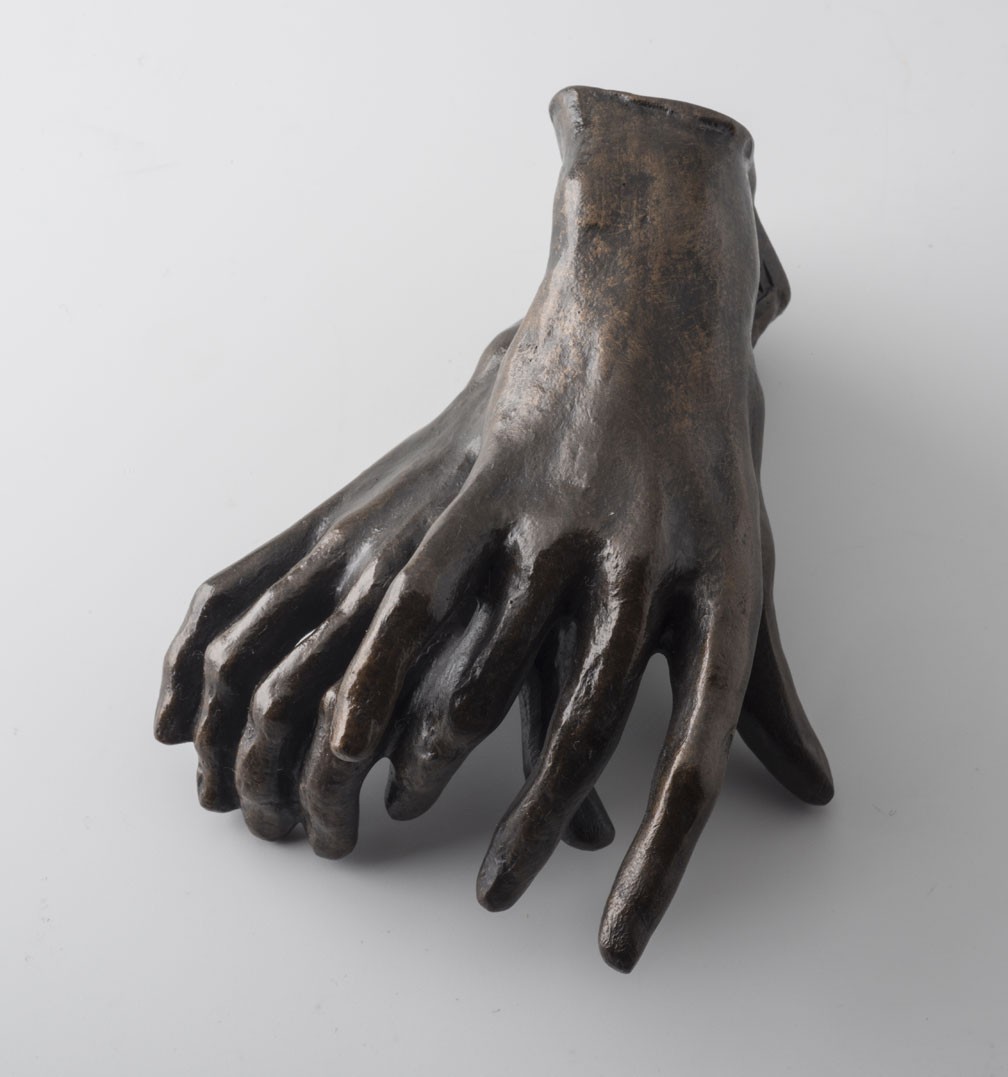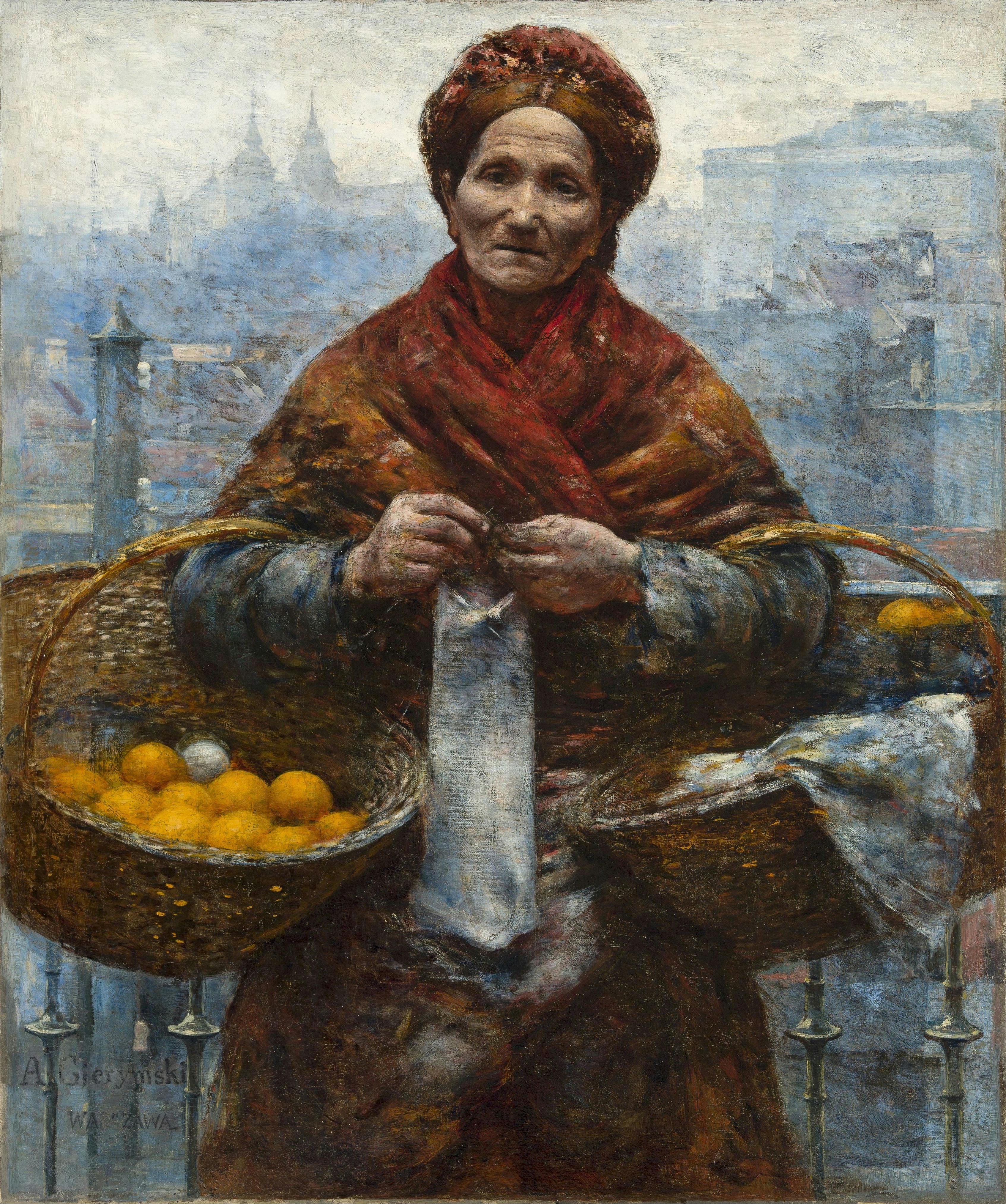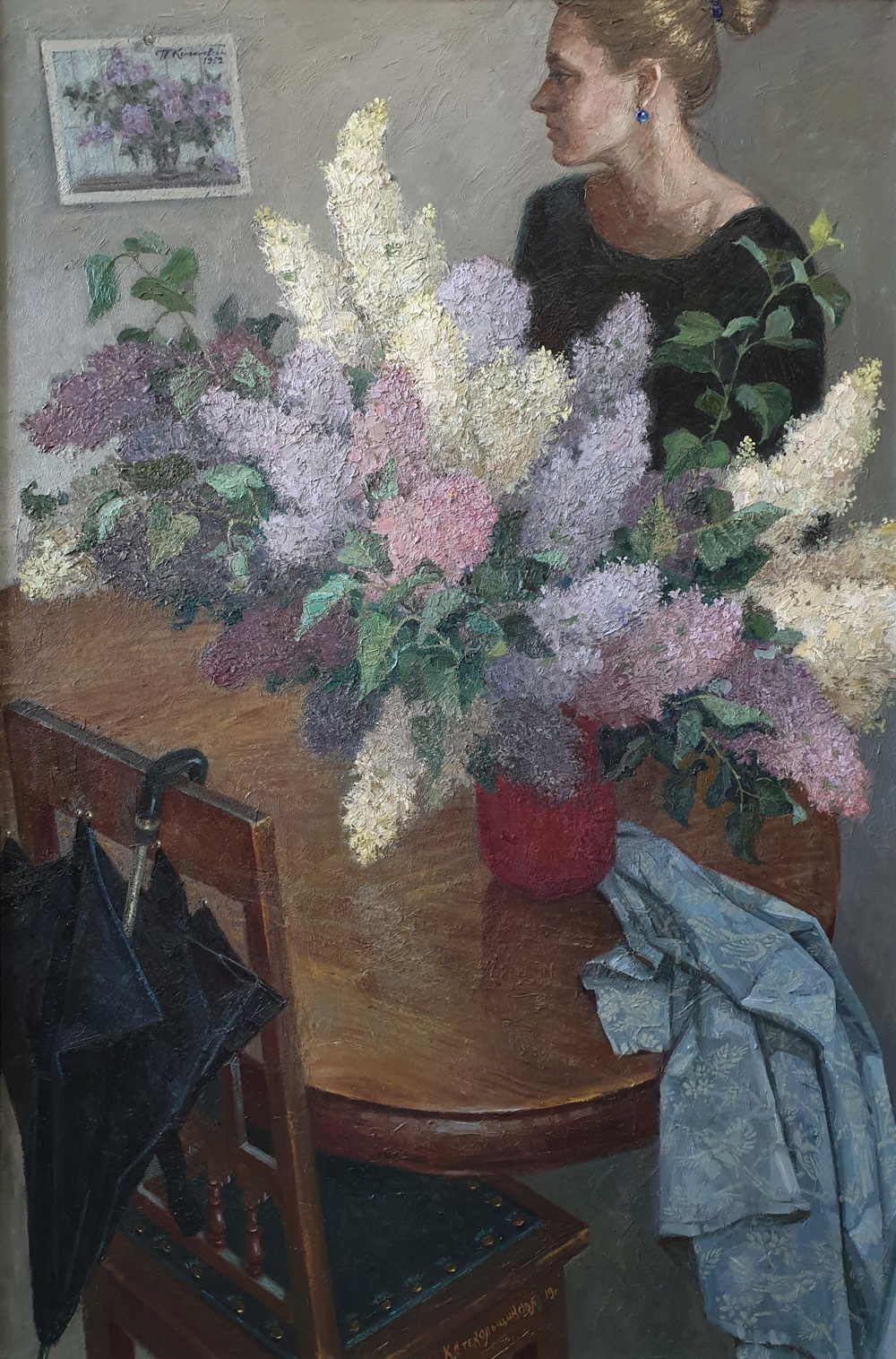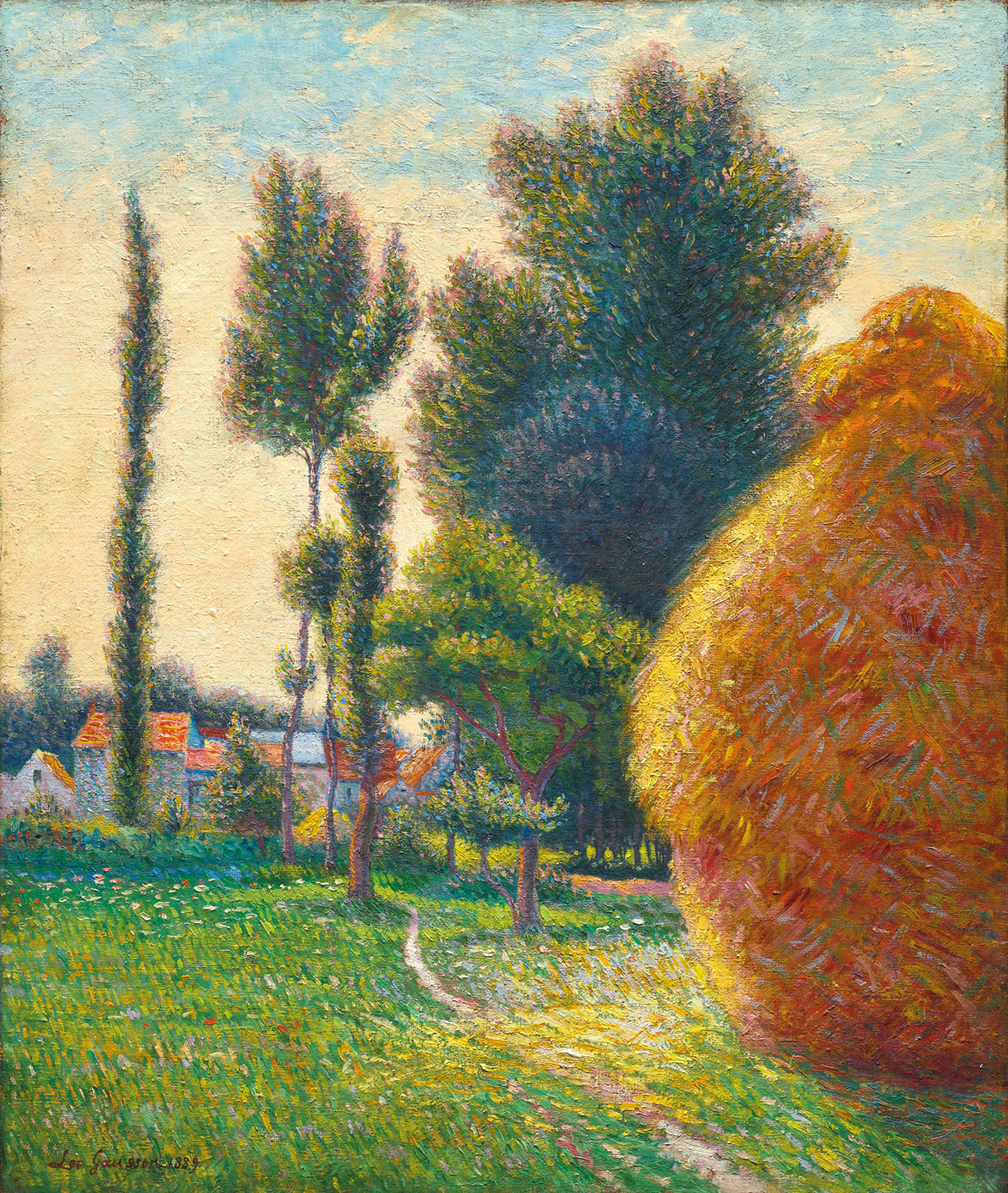Claude Monet | The Jetty a Le Havre, 1868
Claude Monet | The Manneporte (Étretat), 1883 | Metropolitan Museum of Art
Monet spent most of February 1883 at Étretat, a fishing village and resort on the Normandy coast.
He painted twenty views of the beach and the three extraordinary rock formations in the area: the Porte d'Aval, the Porte d'Amont, and the Manneporte.








